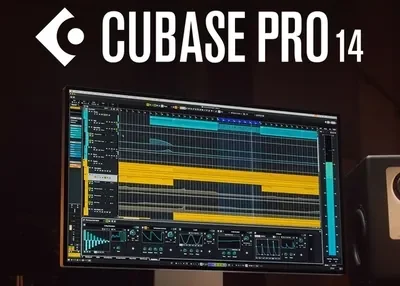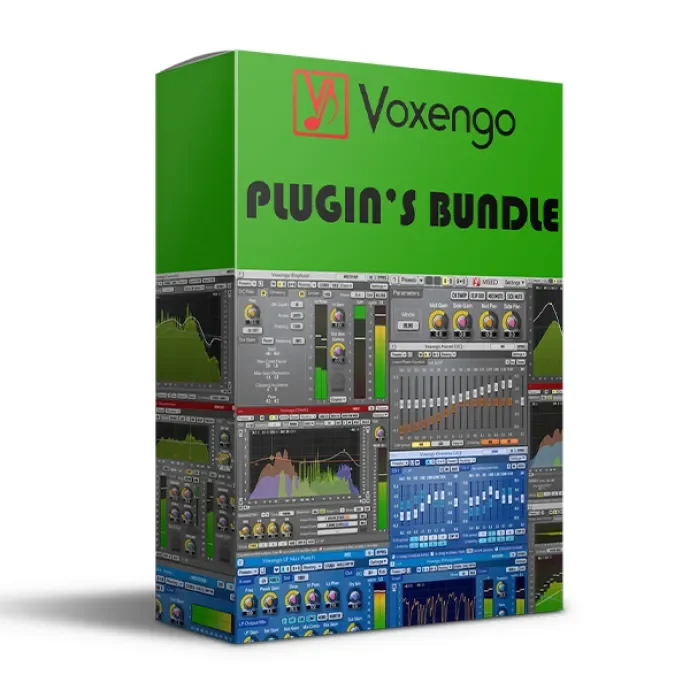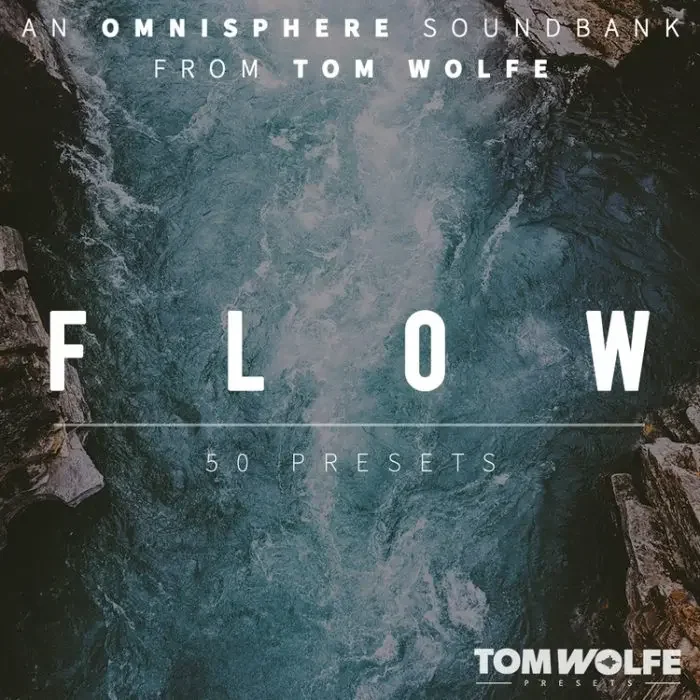
Steinberg Cubase: Your Ultimate Guide to Installation and Setup for Music Production
Steinberg Cubase stands out as a top-tier music production software, widely recognized for its powerful tools in creating, recording, and mixing audio tracks. Whether you’re a beginner or a seasoned producer, Cubase offers an intuitive platform to bring your musical ideas to life. In this comprehensive guide, we’ll walk you through the step-by-step process of installing and setting up Cubase on your Windows system, ensuring a smooth start to your music production journey.
Why Choose Steinberg Cubase for Music Production?
Steinberg Cubase is a preferred choice among musicians and producers due to its robust features and user-friendly interface. This music recording software supports a wide range of audio and MIDI tools, making it ideal for composing, editing, and mastering tracks. Before diving into the installation process, let’s explore why Cubase is considered one of the best in the industry:
- Versatile sequencer for creating and arranging music.
- Advanced mixing and editing capabilities for professional sound quality.
- Compatibility with various plugins and virtual instruments.
Step-by-Step Cubase Installation Guide for Windows
Setting up Steinberg Cubase on your computer can be straightforward if you follow these detailed instructions. This guide is tailored for Windows users (Windows 7 and 10) to ensure a hassle-free installation process. Let’s get started with this Cubase setup tutorial.
1. Locate and Organize Steinberg Folders
To begin, you’ll need to manage specific folders related to Steinberg Cubase on your system. Make sure to enable the visibility of hidden files and folders in Windows Explorer, as some directories might not be visible by default.
- For Windows 10: Open File Explorer, go to the ‘View’ tab, and check the box for ‘Hidden Items.’
- For Windows 7: Open File Explorer, press ‘Alt,’ go to ‘Tools’ > ‘Folder Options,’ select the ‘View’ tab, and enable ‘Show hidden files, folders, and drives.’
Once hidden files are visible, relocate the following Steinberg folders to their respective destinations:
- From ‘C:\Users\[YourUsername]\AppData\Roaming’ to the same location (ensure it’s properly placed).
- From ‘C:\Program Files\Common Files’ to the same directory.
- From ‘C:\Program Files’ to the same path.
- From ‘C:\ProgramData’ to the same folder.
2. Install Required Files in Sequence
Next, locate the installation files in your designated ‘Soft’ folder. Install each file in numerical order, from the first to the fourth. Note that the fifth file is optional and can be skipped if not needed. During the installation of the second file (often labeled as ‘Soft-eLicenser Bundle’), the eLicenser software may launch automatically. You can close it immediately after it opens.
3. Create a Desktop Shortcut for Easy Access
After completing the installation, navigate to ‘C:\Program Files\Steinberg\Cubase 10.5.’ Locate the ‘Cubase10.5’ executable file, right-click on it, and create a shortcut. Move this shortcut to your desktop for quick and easy access to the software.
4. Set Up a Default Project Folder
To ensure your projects save correctly, manually create a dedicated folder for Cubase projects. Go to ‘C:\Users\[YourUsername]\Documents’ and create a new folder named ‘Cubase.’ When you launch the software for the first time, set this as the default directory for saving your work. Skipping this step may result in issues with project storage.
5. Address License or Pack Errors
If you encounter a message indicating a missing license or pack during the initial launch, don’t panic. Simply click the ‘Remove’ option to resolve the issue and proceed with using the software.
Tips for a Seamless Experience with Steinberg Cubase
To maximize your productivity with this music production software, keep the following tips in mind:
- Regularly update Cubase to access the latest features and bug fixes.
- Ensure your system meets the minimum requirements for running the software smoothly.
- Explore online tutorials and forums for advanced tips on music recording and mixing with Cubase.
Conclusion
Steinberg Cubase remains a powerhouse in the realm of music production, offering unparalleled tools for artists and producers. By following this detailed Cubase installation guide, you can set up the software effortlessly and start creating music right away. If you found this Cubase setup tutorial helpful, feel free to share it with fellow musicians or reach out with any questions. Let’s make music creation a seamless process with one of the best music recording software available!



